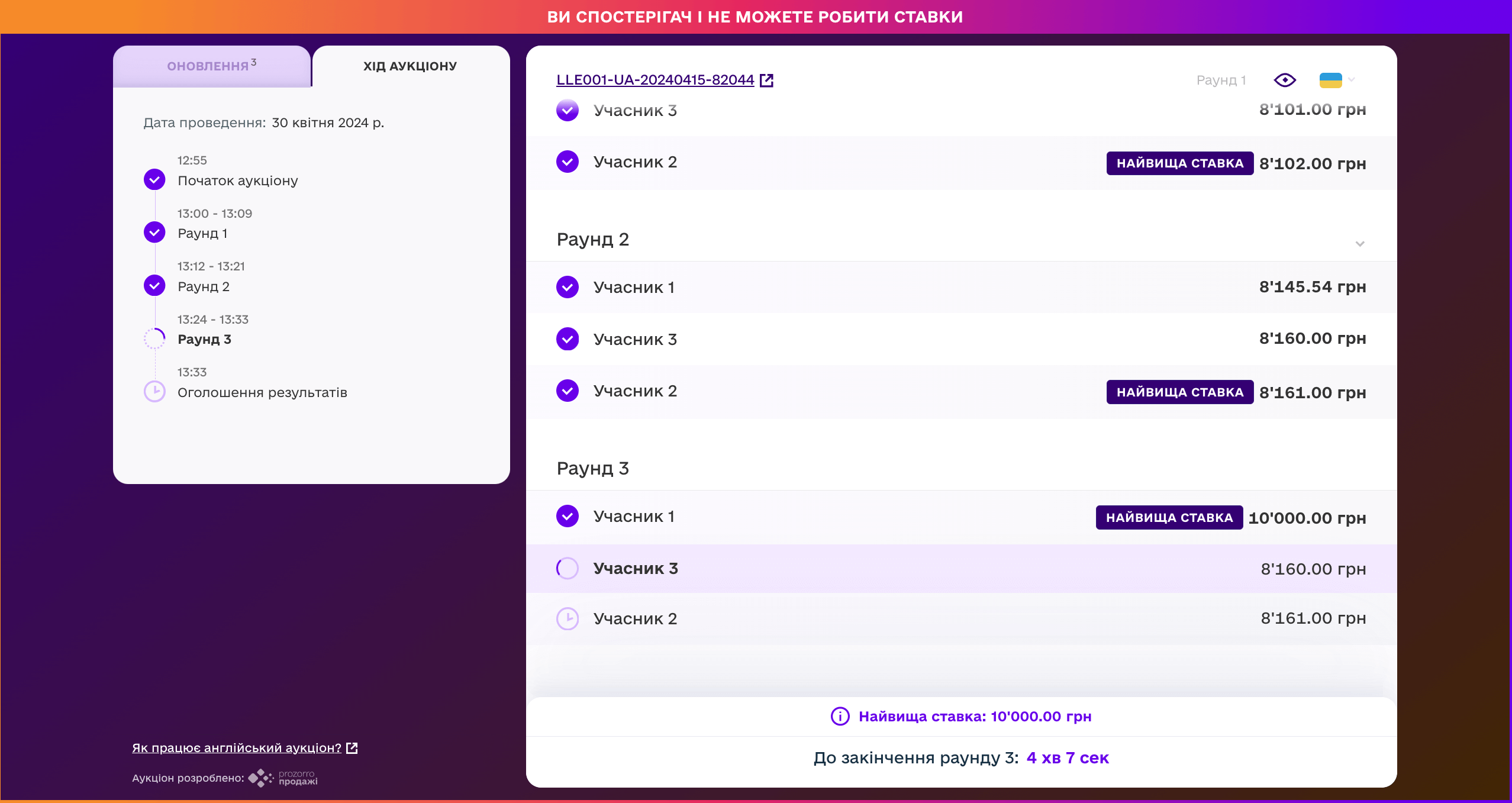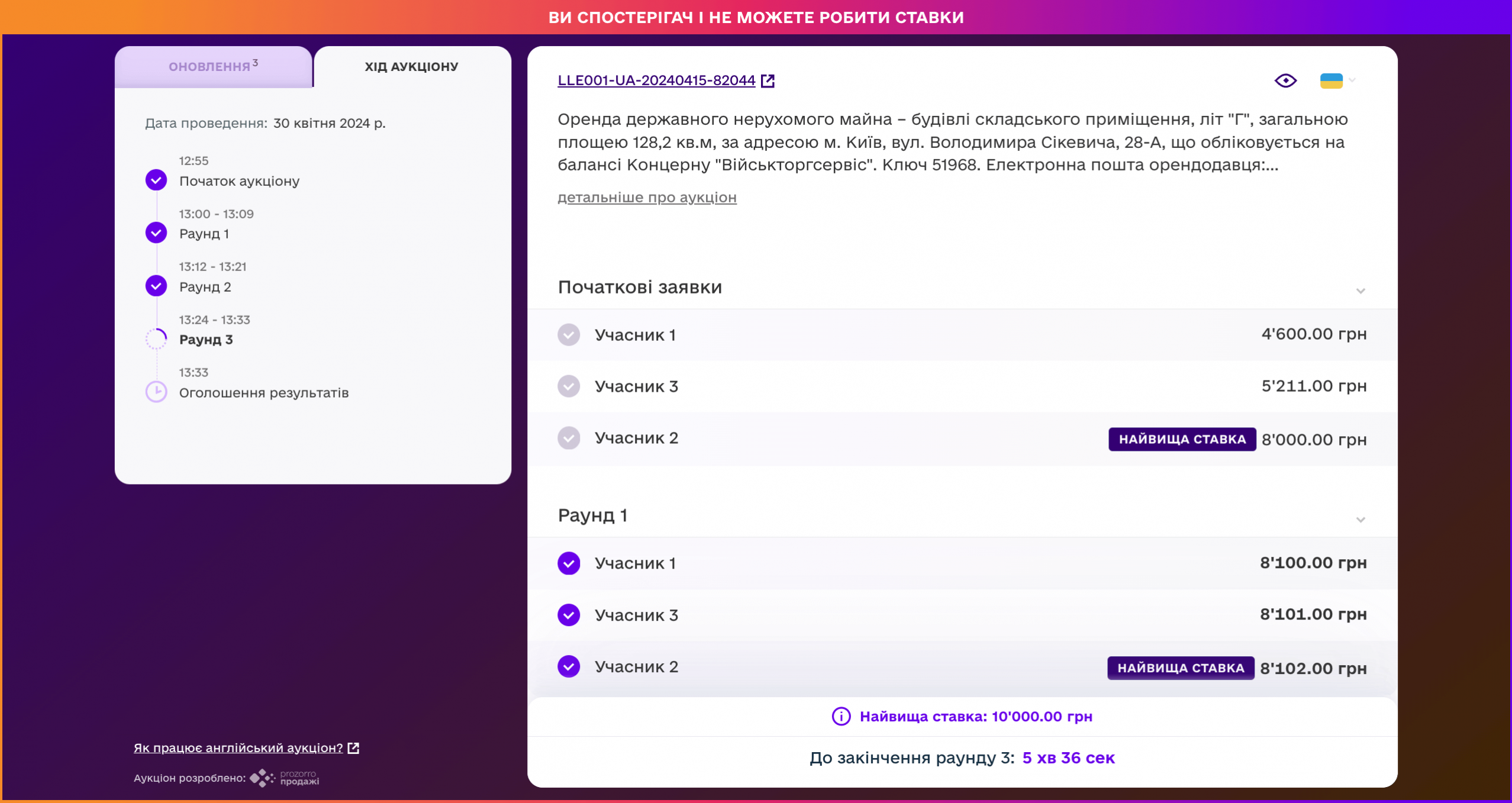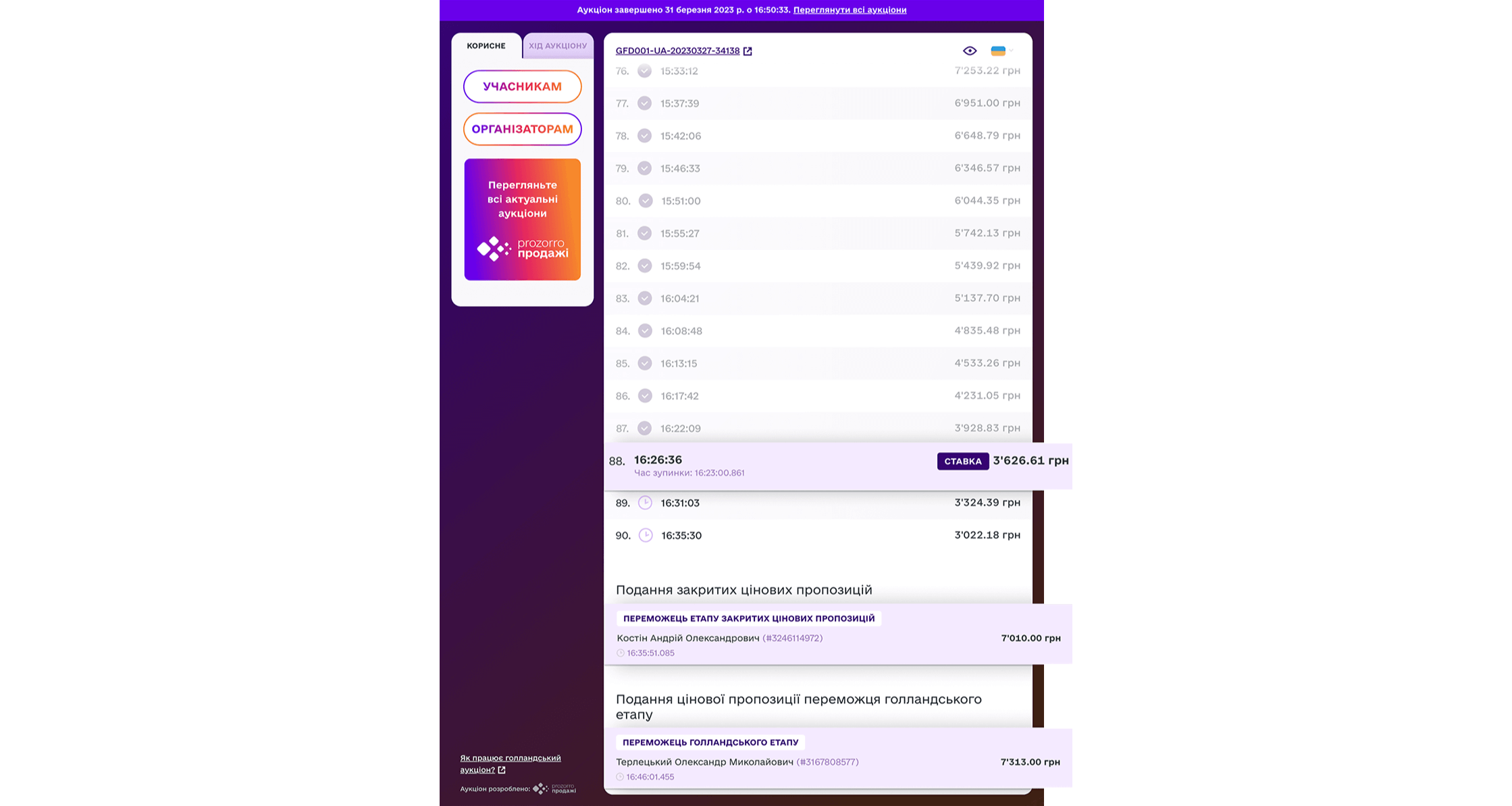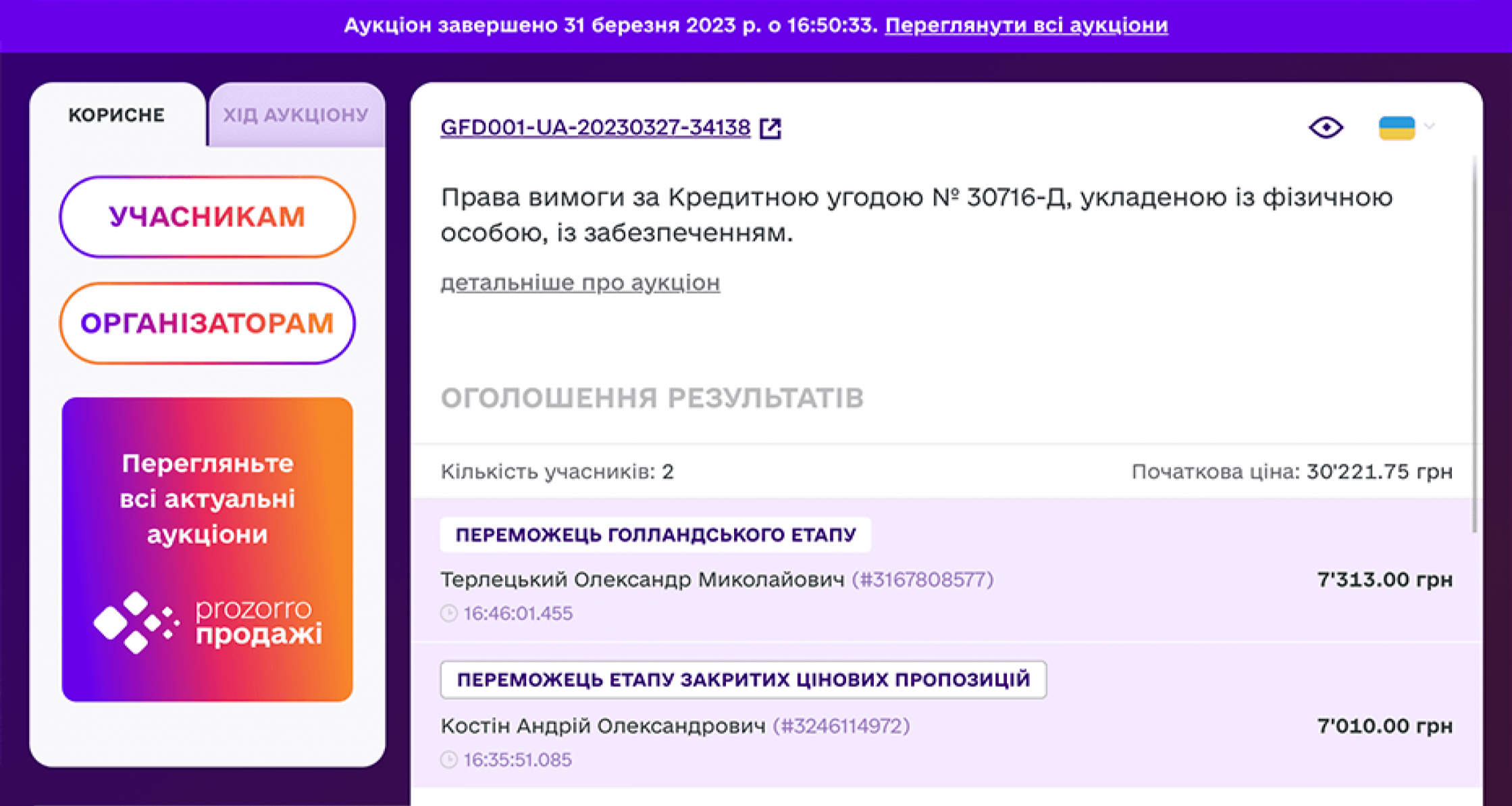Projects
Who buys Ukrainian state-owned enterprises?
How privatization auctions work and why they are needed
Who buys Ukrainian state-owned enterprises?
How privatization auctions work and why they are needed
Who buys Ukrainian state-
owned enterprises?
How privatization auctions work and why they are needed
Partner project


According to the government’s plans, only 100 enterprises will remain in state ownership. At the same time, the fate of about 3,000 companies is to be decided. Let’s take a closer look at how privatization works: what the auction procedure is and who can participate.
Last year, the top five most unprofitable state-owned companies alone caused the state losses of more than UAH 2 billion ($50.5 million). This figure eloquently demonstrates how unprofitable state-owned enterprises are for Ukraine.
As of February 2024, there were 3,116 state-owned enterprises in Ukraine, according to the Department of Property Policy of the Ministry of Economy. Of these, only 854 are operating, and 475 are profitable (only 15% of all SOEs). The largest part – 1,736 enterprises, or 56% – do not operate at all, and another 526 (17%) do not report on their activities. Their total loan debt is approaching one trillion hryvnias and amounts to UAH 912.8 billion ($23 billion).
TOP 5 LOSS-MAKING STATE-OWNED ENTERPRISES IN THE FIRST NINE MONTHS OF 2023 (million, UAH)
In addition, according to the State Statistics Service, there are 14,056 municipal companies in Ukraine (as of October 1, 2023), some of which are currently undergoing privatization by decisions of local governments. The reason is that they are unprofitable for the community and are subsidized.

For a long time, inefficient or corrupt management of state-owned and municipal enterprises has driven them into debt and destruction.
Schemes of personal enrichment of managers of state-owned and municipal enterprises:
Buying raw materials from private companies at an inflated price when it is possible to buy directly from another state-owned enterprise
Sale of products through intermediary firms
Loss of special permits for the extraction of raw materials in favor of private companies
Driving an enterprise into bankruptcy in order to eliminate it as a competitor for private companies or to reduce the price during privatization
But the list of state-owned enterprises also includes profitable ones. However, even the most profitable enterprise, JSC Energy Company of Ukraine, earned UAH 855 million ($21.6 million) less in 2023 than the most unprofitable state-owned enterprise, Centrenergo, recorded losses.
TOP 5 PROFITABLE ENTERPRISES MANAGED BY THE STATE PROPERTY FUND OF UKRAINE IN THE FIRST NINE MONTHS OF 2023 (million, UAH):
Privatization of state-owned and municipal enterprises can solve the problem of unprofitability and debt accumulation. When the state and communities give up property that they cannot effectively manage, it will pass into the hands of Ukrainian entrepreneurs, where it will receive a boost for development.
The essence of privatization is not only a one-time revenue to the budget from the sale. It is about attracting investment to those enterprises that were inefficient or not working. For every hryvnia received from privatization, 4 hryvnias are invested in the economy.

Oleksiy Sobolev
This is the creation of new jobs. In addition to paying for the asset, the new owner pays off debts that may be owed by companies that have been idle for years. For example, wage or loan arrears.

Oleksiy Sobolev
The essence of privatization is not only a one-time revenue to the budget from the sale. It is about attracting investment to those enterprises that were inefficient or not working. For every hryvnia received from privatization, 4 hryvnias are invested in the economy. This is the creation of new jobs. In addition to paying for the asset, the new owner pays off debts that may be owed by companies that have been idle for years. For example, wage or loan arrears.
Ukrainian privatization is divided into small and large. Small-scale privatization includes assets with a book value of less than UAH 250 million ($6.3 million), and large-scale privatization includes assets with a higher value.
All small-scale and large-scale privatization assets are sold exclusively through Prozorro.Sale auctions, which adhere to the principles of full transparency as the entire process is public and transparent to avoid any corruption.
The privatization process through the Prozorro.Sale system was launched in 2018, but after the start of the full-scale invasion, it was suspended until September 2022. In 2023, the Verkhovna Rada of Ukraine passed Law No. 3137-IX, which allowed the resumption of large-scale privatization. In addition, the Cabinet of Ministers approved the Procedure for conducting electronic auctions for large-scale privatization assets, so they will also be held through the Prozorro.Sale system.
What happens after the company is transferred to the SPFU
According to the State Property Policy, which is being developed by the Ministry of Economy, all state-owned enterprises will be divided into strategic and non-strategic ones. The former will remain with the state, while the latter will be transferred to the SPFU for privatization or liquidation. Over the past two years, more than 1,200 enterprises have been transferred to the Fund.
The State Property Fund conducts a triage of these companies, which determines the further fate of these enterprises: privatization, liquidation (bankruptcy) or management. If a decision is made to privatize, the SPFU issues a corresponding order and starts collecting all the necessary documentation.
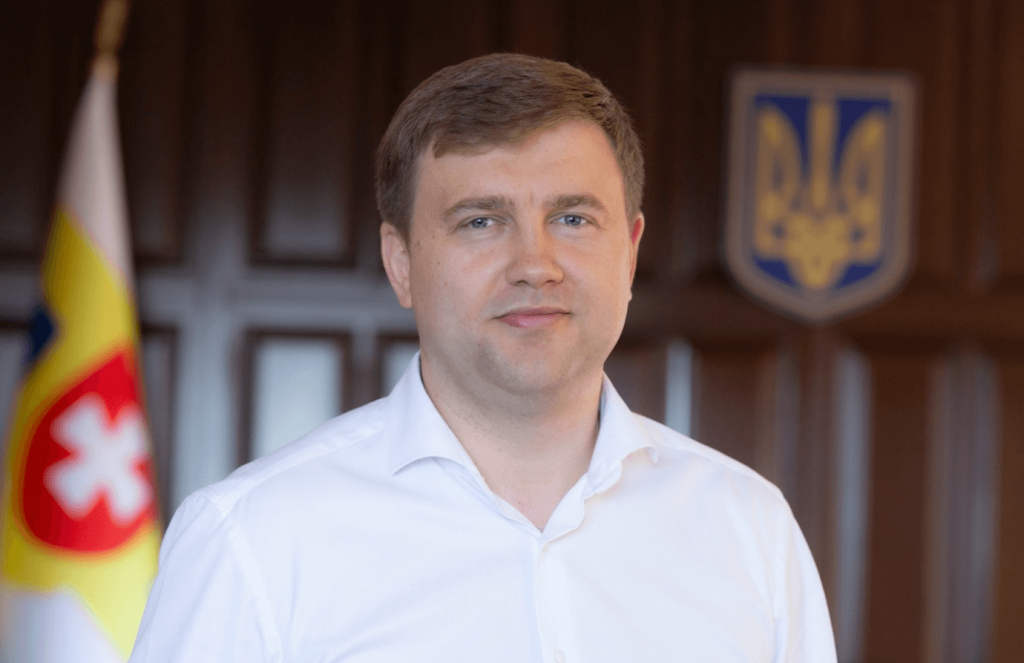
Vitaliy Koval

Vitaliy Koval
The State Property Fund conducts a triage of these companies, which determines the further fate of these enterprises: privatization, liquidation (bankruptcy) or management. If a decision is made to privatize, the SPFU issues a corresponding order and starts collecting all the necessary documentation.
It is at this stage that problems often arise due to the resistance of company managers who are not interested in privatization. They can, for example, delay the provision of documentation or inventory.
But sometimes the problems are simply caused by the dire financial state of the enterprise. After all, preparations for privatization (preparing a balance sheet, which sometimes has not been submitted for years, submitting reports, preparing technical documentation and registering real estate, etc.) also require money. And if you don’t have it or your accounts are blocked, it certainly complicates the process. Sometimes it is impossible to find the director at all because the company is deeply unprofitable and has not paid salaries for a long time.
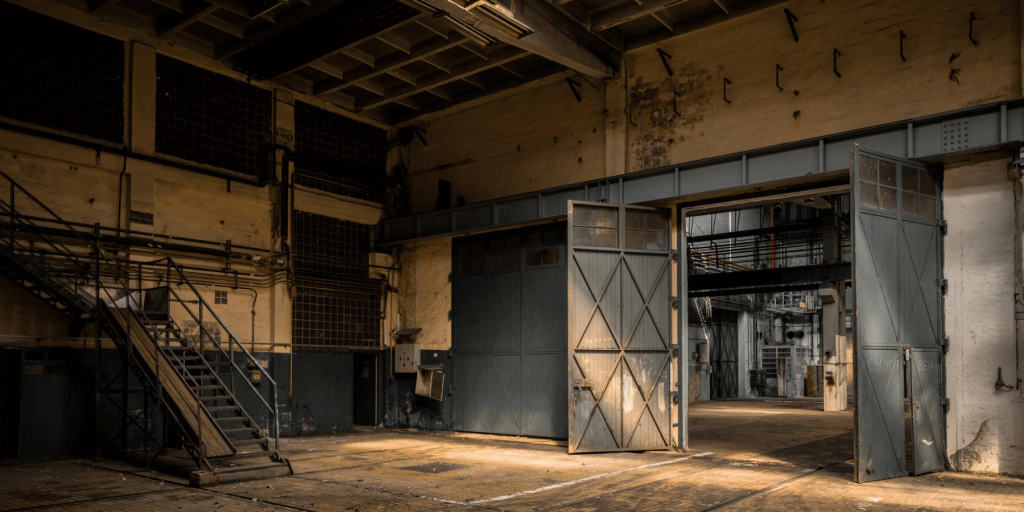
In each of these cases, the SPFU develops an individual action plan. Sometimes it is necessary to change the director or take other measures. Eventually, when all the documents are collected and processed, the SPFU publishes a notice of privatization and opens access to the virtual data room of the asset, where all the documentation is placed.
“All potential participants of the upcoming auction have access to the virtual room. If it contains information that constitutes a trade secret, the potential buyer must sign an NDA, a non-disclosure agreement. All of the above applies to small-scale privatization. The procedure for large-scale privatization differs in that the decision to include an enterprise in the list for privatization must be made by the Cabinet of Ministers of Ukraine. The government also has to approve the starting price and terms of sale,” says Chairman of the SPFU Vitaliy Koval.
How auctions are held: the difference between English and Dutch auctions
In 2018, the Ukrainian parliament passed the law “On Privatization of State and Municipal Property,” which obliged privatization to be conducted through public electronic auctions. This made the privatization of state and municipal enterprises transparent, and Ukrainians can see to whom and how property is sold.
The electronic system in which the auctions are held is administered by Prozorro.Sale. The Ministry of Economy of Ukraine now owns 100% of the shares in this joint-stock company, which until 2023 was a state-owned enterprise.
In the Prozorro.Sale system, privatization assets are sold through English and Dutch auctions.
In English auctions, bidders raise their price offer (bid) over three rounds, and the winner is the one who offers the highest bid for the asset.
In Dutch auctions, it’s the other way around: the initial price of the lot is reduced step by step until one of the participants stops it. After that, the bidding closes, when other participants can offer a price higher than the fixed price. The winner is the one who offered the highest amount. However, the participant who stopped the decrease at the first stage enjoys the right of last resort and can outbid others.
According to the law, the first auction for the sale of small-scale privatization assets must be an English one. If the asset is not sold on the first attempt, a second English auction is announced with a 50% discount from the starting price. If the second auction is also unsuccessful, the next attempt to sell the property is made through a Dutch auction.

Andriy Shvadchak
The introduction of the Prozorro.Sale system has radically changed the ‘rules of the game’. Before the reform, Ukrainians associated privatization exclusively with backroom deals and corruption. Prozorro.Sale changed this perception and showed that state and municipal property can be sold openly, honestly, according to clear rules and on competitive terms.
The system has received various international awards, including the award for the best anti-corruption startup in the world. In addition, the World Bank has noted the positive impact of the system in its studies.
The introduction of the Prozorro.Sale system has radically changed the ‘rules of the game’. Before the reform, Ukrainians associated privatization exclusively with backroom deals and corruption. Prozorro.Sale changed this perception and showed that state and municipal property can be sold openly, honestly, according to clear rules and on competitive terms.

Andriy Shvadchak
The system has received various international awards, including the award for the best anti-corruption startup in the world. In addition, the World Bank has noted the positive impact of the system in its studies.
The system has made it possible to reveal hard-to-reach data, which previously was published in fragments on the websites of local councils or in the Privatization Bulletin newspaper, as well as to bring all procedures online, to show the privatization process and its participants. It is important that even in times of war, this principle continues to apply and has already been extended to large-scale privatization procedures.
For the public, the system is a tool for monitoring and controlling the state and municipal property market, as well as preventing possible abuses.
Who buys property at auctions
Over the entire period of the reform, at least 4,700 businesses have participated in privatization auctions, including almost 2,000 businesses during martial law.

Sergii But

Sergii But
Over the entire period of the reform, at least 4,700 businesses have participated in privatization auctions, including almost 2,000 businesses during martial law.
According to Prozorro.Sale, there are three categories of auction participants. They include entrepreneurs (35-55 years old) interested in real estate to start a business, company specialists (28-36 years old) responsible for renting office space, and investors (40 years old) who buy appealing properties for financial gain.
Who participates in state property auctions
WANTS TO START A FIRST BUSINESS
– male / female
– age 35-55 years
– has business experience
– has a higher education
– has time to prepare documents and pass the procedures for starting – their own business
– goal: to start a successful business
– may be an internally displaced person
LOCATION MANAGER
– male / female
– age: 28-36 years old
– holds the position of head of the business development department in a company
– has a higher education
– is mainly responsible for renting premises
– has a good understanding of prices
– cooperates with a real estate agent
– makes five or more deals every year
– goal: to ensure the growth of the company
– may be an internally displaced person
REAL ESTATE INVESTOR
– male / female
– age 40 years old
– has a higher education
– hired employee
– has a good understanding of how real estate auctions work
– buys cheap real estate for further lease
– makes three or more deals every year
– goal: to ensure personal financial growth
WANTS TO START A FIRST BUSINESS
LOCATION MANAGER
REAL ESTATE INVESTOR
– male / female
– age 35-55 years
– has business experience
– has a higher education
– has time to prepare documents and pass the procedures for starting – their own business
– goal: to start a successful business
– may be an internally displaced person
– male / female
– age: 28-36 years old
– holds the position of head of the business development department in a company
– has a higher education
– is mainly responsible for renting premises
– has a good understanding of prices
– cooperates with a real estate agent
– makes five or more deals every year
– goal: to ensure the growth of the company
– may be an internally displaced person
– male / female
– age 40 years old
– has a higher education
– hired employee
– has a good understanding of how real estate auctions work
– buys cheap real estate for further lease
– makes three or more deals every year
– goal: to ensure personal financial growth
How municipal property privatization auctions work
Since the start of small-scale privatization in 2018, the sale of municipal property has contributed more than UAH 4.6 billion ($116.2 million) to local budgets. Since February 24, 2022, the auctions have brought more than UAH 1.3 billion ($32.8 million) to cities alone. At present (April 2024), more than 70 privatization auctions are available with a starting price of over UAH 96.8 million ($2.4 million).
Top 5 regions by revenues from the privatization of municipal property
Lviv Oblast – almost UAH 1.4 billion ($35.4 million)
Kyiv Oblast – over UAH 955 million ($24.1 million)
Odesa Oblast – over UAH 278 million ($7 million)
Zhytomyr Oblast – over UAH 272 million ($6.9 million)
Dnipropetrovsk Oblast – over UAH 232 million ($5.9 million)
Almost all regions that actively privatized municipal property before the full-scale invasion are still doing so. Of course, there are risks and increased investor interest in safe regions. For example, municipalities in Odesa Oblast have reduced privatization revenues due to active hostilities in the sea, while municipalities in Chernivtsi Oblast, on the contrary, have risen in the ranking. According to Prozorro.Sale, since 2018, municipalities in Lviv, Zhytomyr, Kyiv and Dnipropetrovsk oblasts have been the most active in putting up their property for privatization auctions.
Top 5 regions by revenues from the privatization of municipal property
Kyiv Oblast – almost UAH 386 million ($9.7 million)
Lviv Oblast – almost UAH 240 million ($6.1 million)
Dnipropetrovsk Oblast – over UAH 129 million ($3.3 million)
Zhytomyr Oblast – almost UAH 119 million ($3 million)
Chernivtsi Oblast – over UAH 67 million ($1.7 million)
Local governments can use the privatization proceeds to meet various community needs, such as humanitarian aid, infrastructure restoration, etc. For example, during martial law, the Chernivtsi City Council used privatization proceeds to make payments to internally displaced persons, develop the city, and prepare the next assets for privatization.
Since the beginning of the reform, municipalities have put up more than 5,000 assets for privatization through online auctions. As of mid-April 2024, almost 3,800 of them have been sold, and more than 100 auctions are currently at the stage of concluding agreements.
Lviv, Dnipropetrovsk and Kyiv oblasts remain the leaders in terms of the number of successful privatization auctions.
Top 7 regions by the number of successful auctions for the privatization of municipal property
The average competition at online auctions for the privatization of municipal property over the entire period of the reform is almost 2.7 bidders per auction. During martial law, this figure was 2.5. This means that business demand for small-scale privatization assets in the third year of full-scale war remains.
The price growth at privatization auctions is even increasing. Over the entire period of the reform, the sum of starting prices amounted to UAH 2.9 billion ($73.2 million), and the sum of final prices amounted to UAH 4.6 billion ($116.2 million). The difference is more than 1.5 times. And during martial law, the cost has almost doubled. Municipal property was put up for sale for a total of UAH 722.2 million ($18.2 million) and sold for more than UAH 1.3 billion ($32.8 million). This demonstrates the interest of investors in municipal assets in different regions of the country, and the desire to develop business even in difficult and risky times.
There are also problems that have arisen as a result of the full-scale invasion, such as “staff shortages” and a lack of experienced professionals, the All-Ukrainian Association of Amalgamated Territorial Communities notes.
The main goal of each municipality is now to make every effort to return people to their hometown or village. It is important not only to ensure the development of infrastructure and social services, but also to create favorable conditions for the life, work and development of each resident. Proper and effective management of municipal property can help with this.
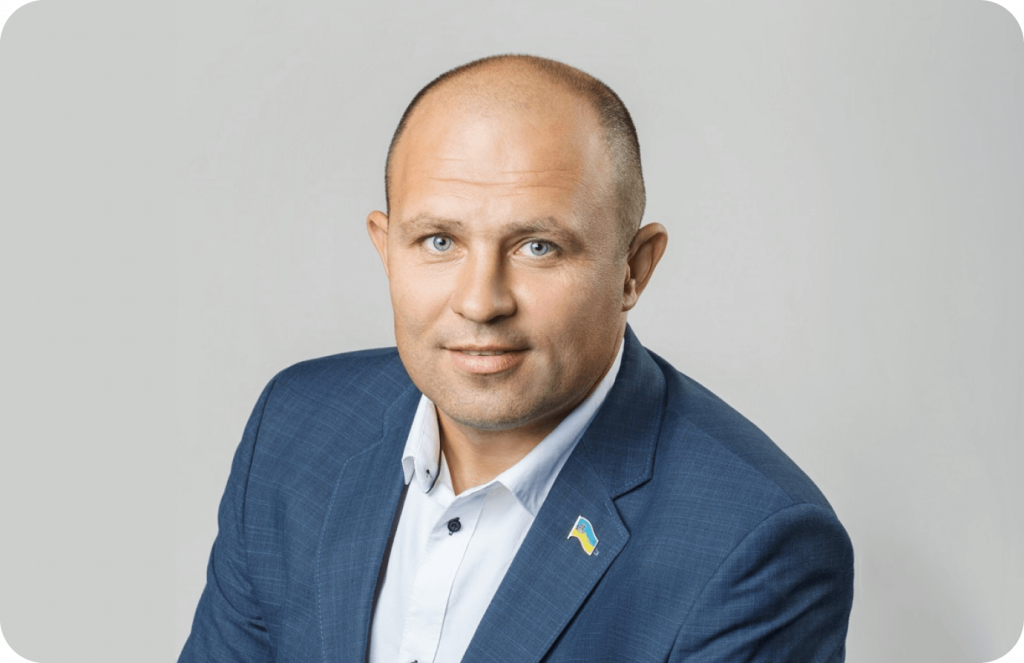
Oleksandr Korinnyi

Oleksandr Korinnyi
The main goal of each municipality is now to make every effort to return people to their hometown or village. It is important not only to ensure the development of infrastructure and social services, but also to create favorable conditions for the life, work and development of each resident. Proper and effective management of municipal property can help with this.
Private investors willing to invest in community development are interested in developing municipal infrastructure, manufacturing, tourism, and other industries, which contributes to economic growth and job creation. Privatization creates conditions for competition among private companies, which leads to an increase in revenues from the sale of property. Private investors often bring new ideas and technologies to community development. At the same time, each community has its own needs for organizing and managing municipal property. That is why they have individual management strategies that take into account the specific features of each community and are aimed at meeting the needs and interests of its residents.
How much has the state already earned from online auctions and what are the future plans?
“Over the entire period of the reform, Prozorro.Sale online auctions for small-scale privatization of state and municipal property have replenished the state and local budgets by almost UAH 16.6 billion ($419.2 million). The auctions since February 24, 2022, amounted to more than UAH 5.9 million ($149,010),” says Sergii But, chairman of the Board of Prozorro.Sale JSC.
The state budget for 2024 approved the target for the SPFU at UAH 4 billion ($101 million) from privatization and UAH 800 million ($20.2 million) from lease. The year started with good results. In the first quarter, the total economic effect of the auctions amounted to more than UAH 1 billion ($25.3 million).
“We are now on schedule with the potential to increase these amounts. The goal of our team for this year is to exceed the budget plan. Every hryvnia is important to us now, because all privatization proceeds go directly to the budget, and thus to finance the Defense Forces,” said Vitaliy Koval, Chairman of the SPFU.
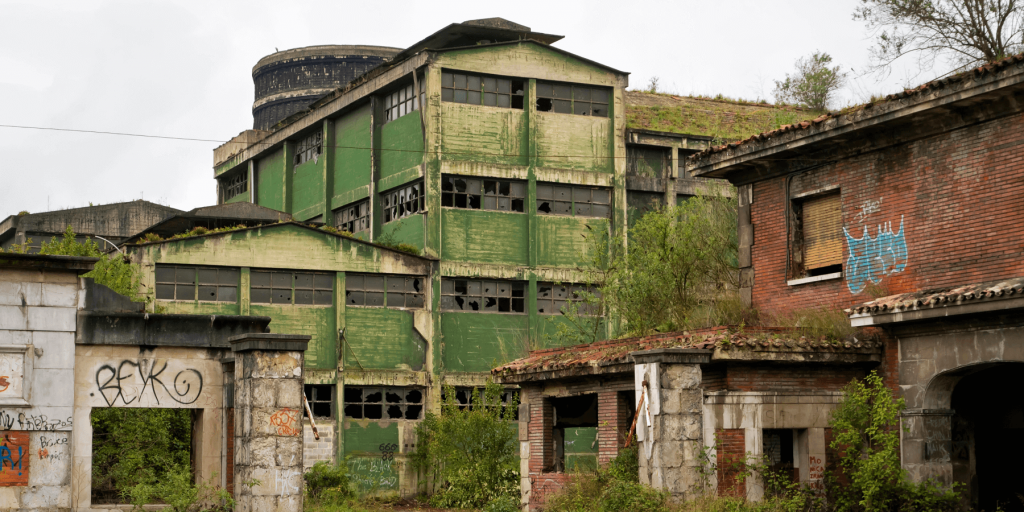
The number of announced auctions of state and municipal property in the first quarter of 2024 increased by 41% compared to the same period last year. The first three months of 2024 also showed a rapid increase of 48% in the number of auction participants. This created healthy competition, which also increased the average level of competition by 34% to 5.2 bidders per auction.
“Despite a certain natural adjustment after the active previous period, the privatization process is going well and demonstrates a number of positive developments. Particularly important are the increase in supply, competition and investor interest,” said Vitaliy Koval, Chairman of the SPFU.
Thanks to active bidding, the revenue from small-scale privatization of state property remains consistently high: the total economic effect has already amounted to more than UAH 1 billion ($25.2 million).
“Privatization is important and necessary during the war. It allows us to earn money by selling non-strategic assets instead of spending resources on their preservation, and it also allows businesses to relocate and maintain production, creating new jobs to support Ukraine’s economy,” said Oleksiy Sobolev, Deputy Minister of Economy.
This project was created thanks to the support of the American and British people through the United States Agency for International Development (USAID) and the United Kingdom’s Foreign, Commonwealth & Development Office (UKaid). The views of the authors expressed in these publications do not necessarily reflect the views of USAID, the U.S. Government, UKaid, or the UK Government.
Partner project


Projects is proudly powered by WordPress
